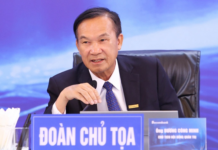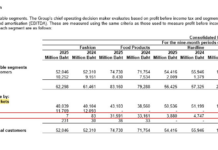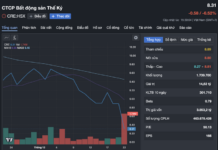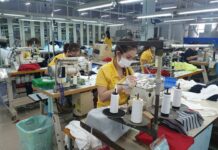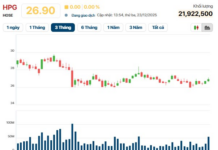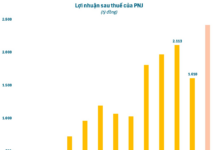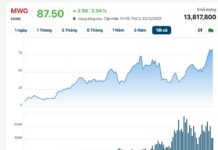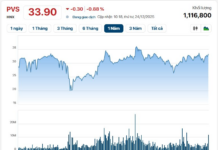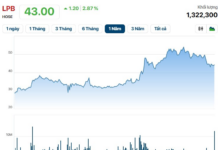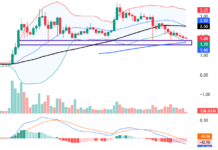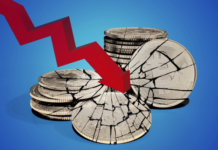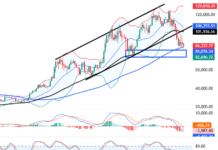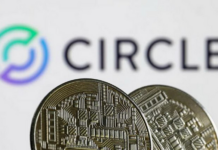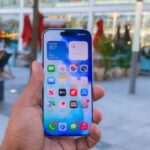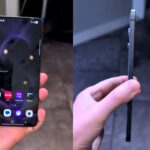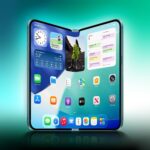The Samsung Galaxy S25 Edge has arguably been the most turbulent smartphone release of the year. From its launch, this ultra-slim device faced lukewarm reception from both tech enthusiasts and consumers alike, primarily due to concerns over its underwhelming battery life and premium price tag.
Recent reports indicate dismal sales figures for the Galaxy S25 Edge, fueling rumors from credible sources that this sleek device might be discontinued after just one year. This suggests there won’t be a Galaxy S26 Edge unveiled next year.
Currently, the Galaxy S25 Edge’s price has plummeted to record lows across various markets. On international e-commerce platforms, the device has seen a steep drop from $1,099 to $690. In Vietnam, the price has fallen by over 10 million VND.
Retailers are now offering the device between 20-22 million VND, with some even listing it as low as 18.5 million VND, a significant drop from its initial 30 million VND launch price.
While this price reduction may delight users eager to experience Samsung’s ultra-slim design, it’s a cause for concern for the South Korean tech giant, whose once-promising flagship has fallen short of expectations.
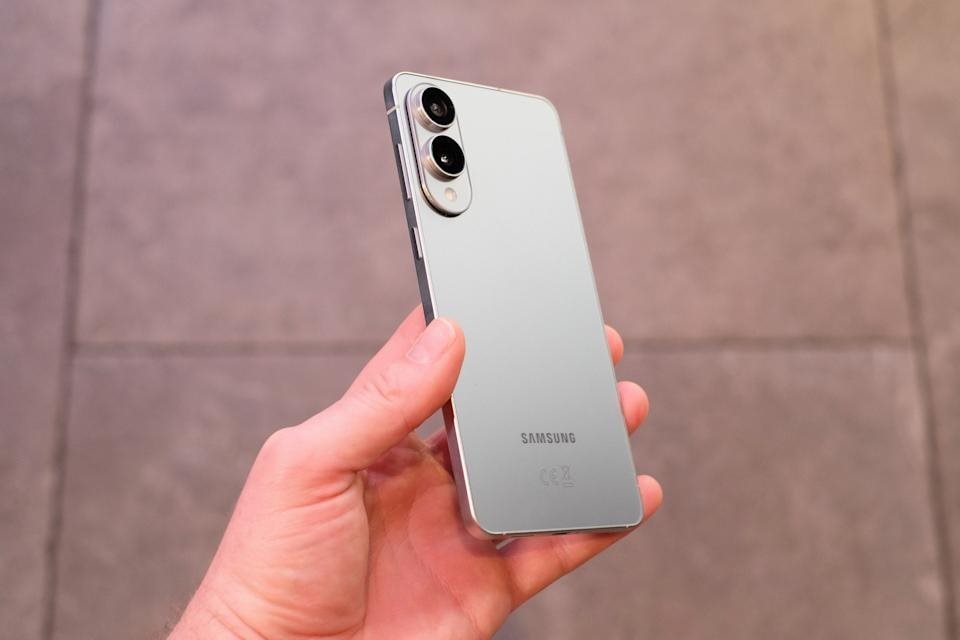
Why is the Galaxy S25 Edge criticized while the iPhone Air is praised?
This year, we’ve witnessed two smartphones pushing the boundaries of design and ergonomics: the Galaxy S25 Edge and the iPhone Air. Both represent the latest efforts by Samsung and Apple to carve out a new niche in the market.
Despite comparable hardware, the iPhone Air seems to be capturing more attention than its Galaxy counterpart, leaving many puzzled.
While neither device excels in battery life or thinness, the iPhone Air has garnered more praise than the Galaxy S25 Edge, which faced skepticism upon its release months ago. Could this be a case of brand bias favoring Apple over Samsung’s innovation?
The answer lies in several factors, starting with battery performance.
Although both devices were criticized for their batteries, the iPhone Air outperforms the Galaxy S25 Edge, albeit slightly.
The Galaxy S25 Edge’s 3,900 mAh battery, packed into a 5.8 mm frame, delivers an impressive 6 hours and 22 minutes of screen-on time in Phone Arena’s tests. However, the iPhone Air, with its 3,149 mAh battery, achieves 6 hours and 43 minutes.
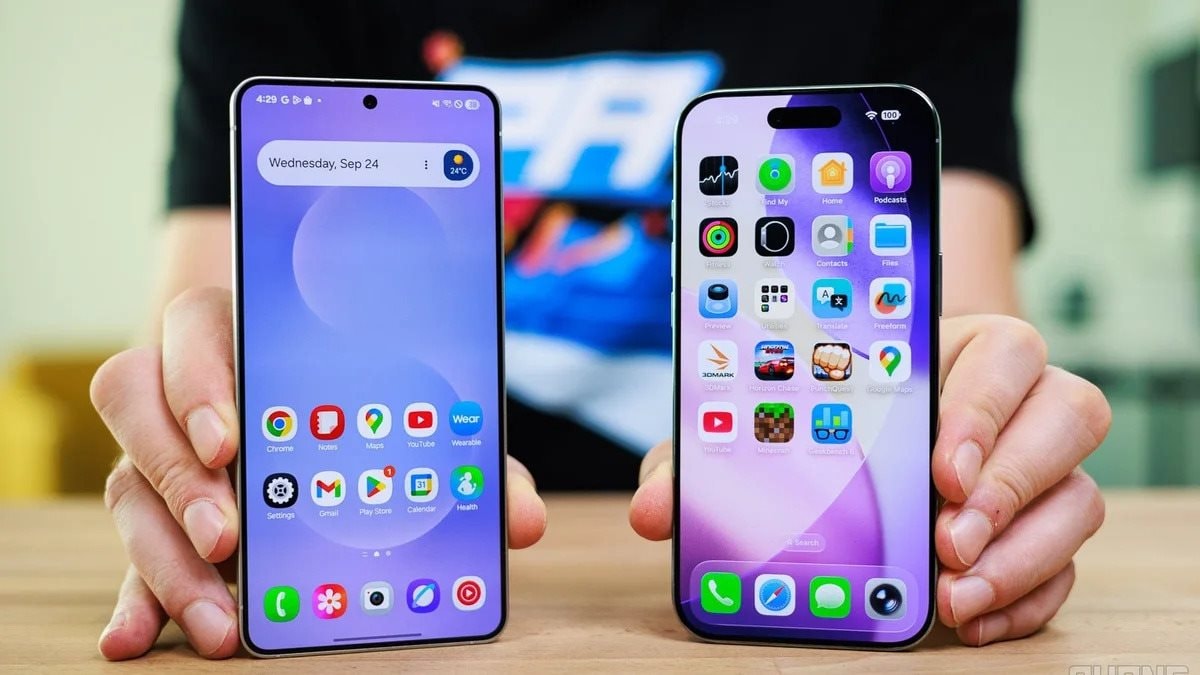
The 21-minute difference may seem minor, but it highlights Apple’s superior energy management. While Samsung’s Snapdragon 8 Elite chip is efficient, Apple’s optimization remains a step ahead.
Additionally, integrating wireless charging into an ultra-slim design is a remarkable engineering feat. Apple achieved this with MagSafe on the iPhone Air, maintaining 20W wireless charging speeds in a 5.6 mm device.
However, battery advantage isn’t the deciding factor.
Samsung leveled the playing field by equipping the S25 Edge with the 200 MP primary sensor from the Galaxy S25 Ultra, and it paid off. Phone Arena’s camera scores show the S25 Edge at 140 points, surpassing the iPhone Air’s 126.
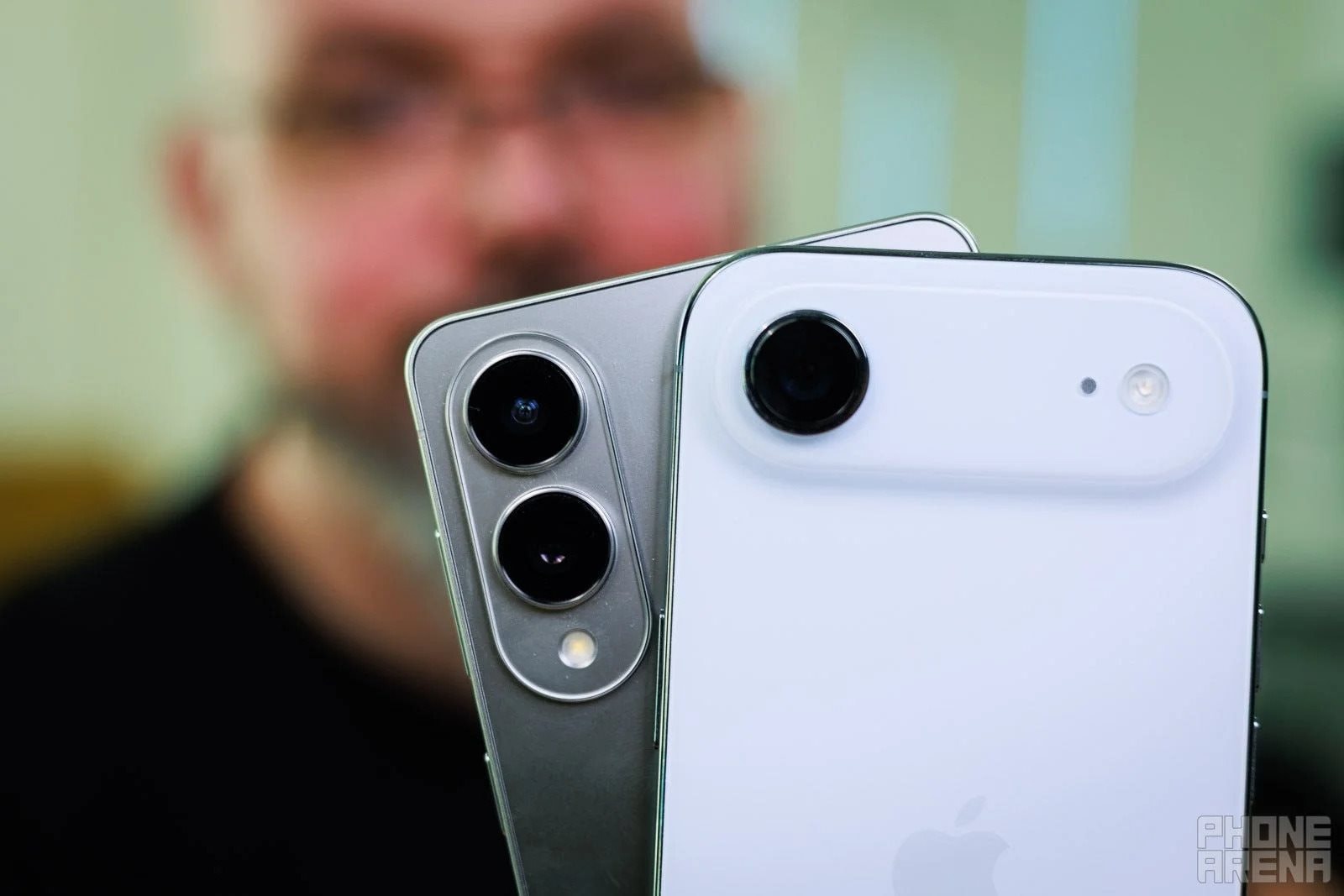
Apple’s 48 MP single camera produces good photos, but the lack of a second lens limits its capabilities and overall score. The Edge’s primary camera delivers sharper images, better dynamic range, and cleaner digital zoom, even without a dedicated telephoto lens.
In other words, Samsung has the edge in camera performance. So, why isn’t the Galaxy S25 Edge more celebrated than the iPhone Air?
It’s about who tells the better story
In hand, the S25 Edge is undeniably a technical marvel. Its 5.8 mm thickness and 163-gram weight are impressive on paper, but the in-hand experience is even more striking. It’s as elegant as the iPhone Air.
The difference lies in how the two brands market these devices. Apple positions the Air as a luxury item, a “status symbol” distinct from its Pro Max lineup (even omitting the number 17). They downplay weaknesses like the mono speaker, global eSIM-only support, inferior haptic feedback, and missing features like Macro and Cinematic modes.
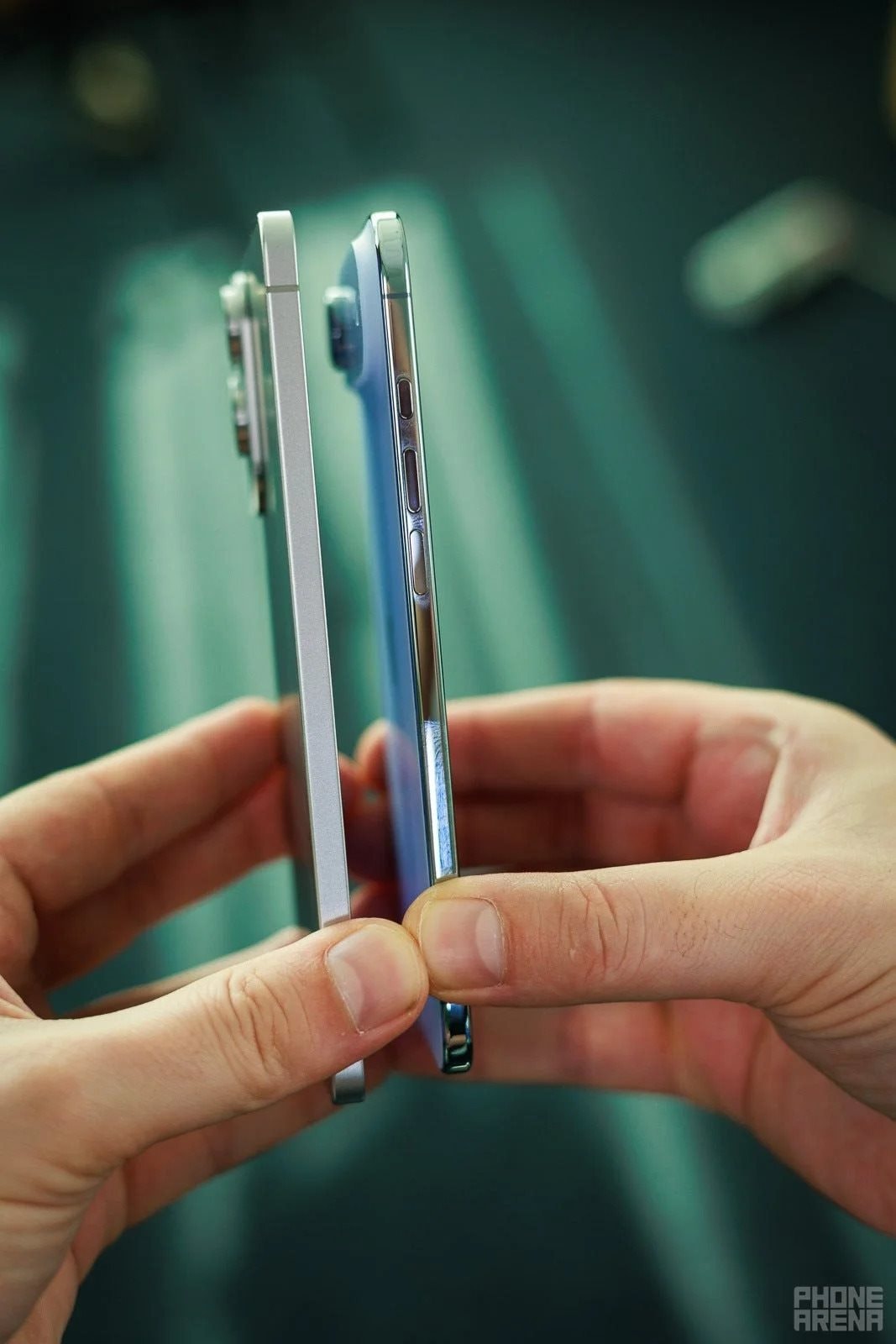
Samsung, on the other hand, positions the Edge as a standard flagship, on par with the S25 Ultra, just thinner. This sets higher expectations for battery life and Ultra-like features in a different form factor.
This positioning harms the product more than any spec sheet. The S25 Edge doesn’t need to be a “thinner S25 Ultra.” It should stand on its own, existing in a “parallel universe” alongside its siblings. Its primary selling point should be its design.
If Samsung embraced this identity and marketed the Edge as an elegant Galaxy rather than a slimmed-down flagship, they could shift public perception entirely.
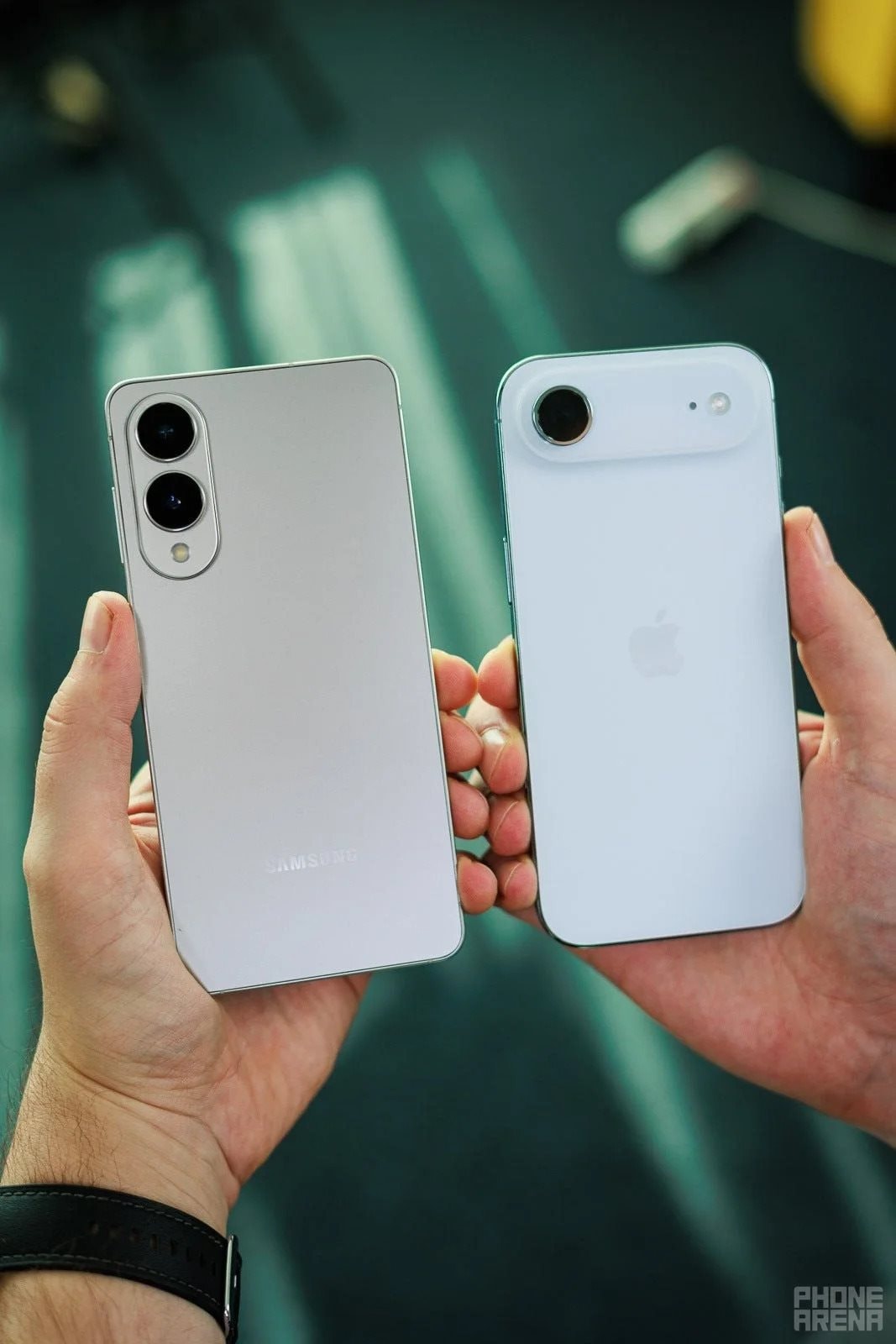
Apple knows exactly who the iPhone Air is for: those who value design, portability, and the novelty of a new “jewelry-like” device. Samsung, however, seems uncertain about the target audience for the Galaxy S25 Edge.
The S25 Edge boasts impressive hardware but sends mixed messages. It’s thin yet tries to compete on specs with bulkier rivals. Its pricing, nearly matching the S25 Ultra, makes it even harder to sell.
As a result, the S25 Edge fails to entice buyers over the Ultra.
Samsung’s Missed Punch: Playing with Fire and Getting Burned – Can They Ever Truly Outshine the iPhone?
Samsung’s abrupt decision to discontinue the Edge line reveals more than just a failed attempt to emulate Apple; it underscores a deeper identity crisis within the company.
TPBank Wins Hearts with ‘Say Hi’ Campaign, Captivating Em Xinh Fans
With its keen understanding of the young customer psyche and the fans of the “Say Hi” Em Xinh program, TPBank has emerged as the leader in the banking industry for positive sentiment in online social discussions. Following two electrifying nights of music, fashion, and conversation, TPBank has elevated its standing among the youth, cultivating a relatable, charming, and empathetic brand image that reinforces its signature digital experience.










